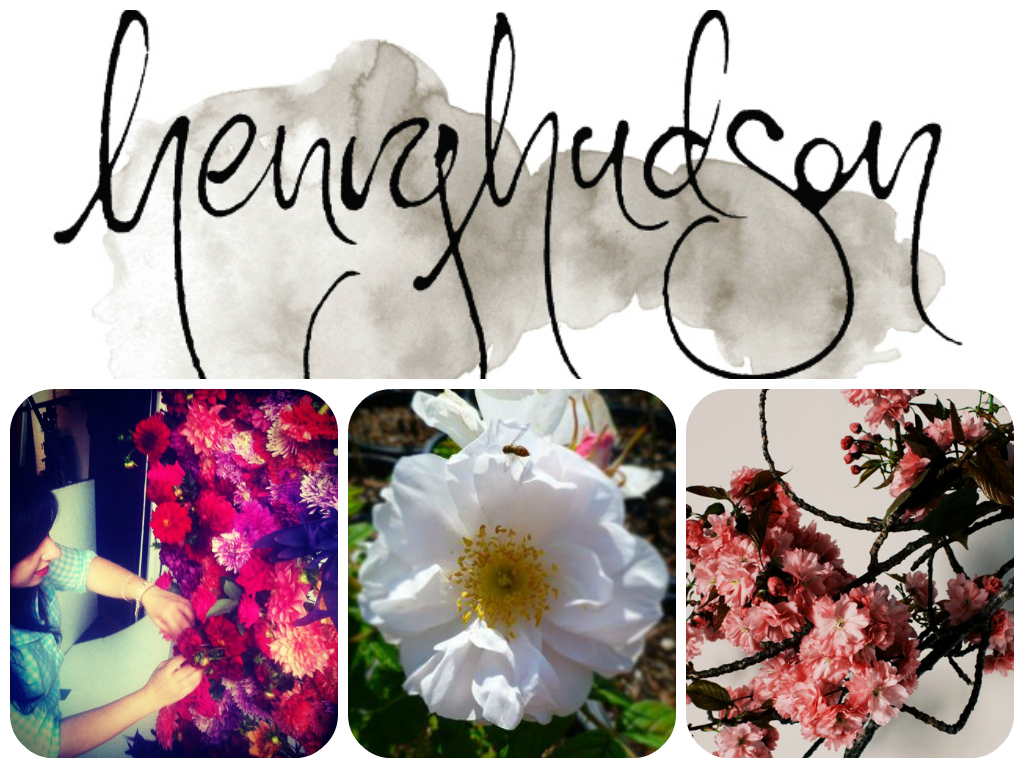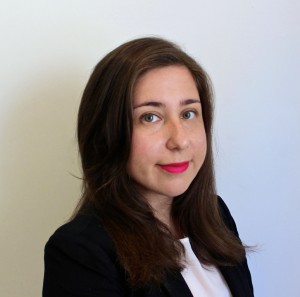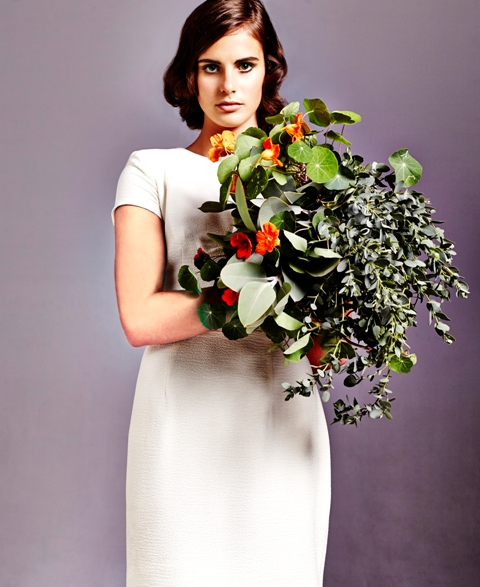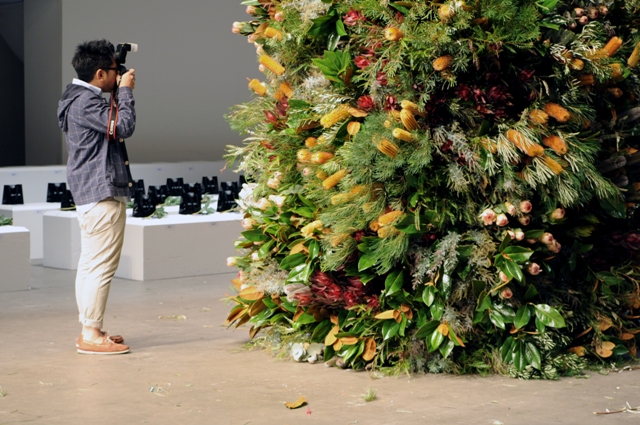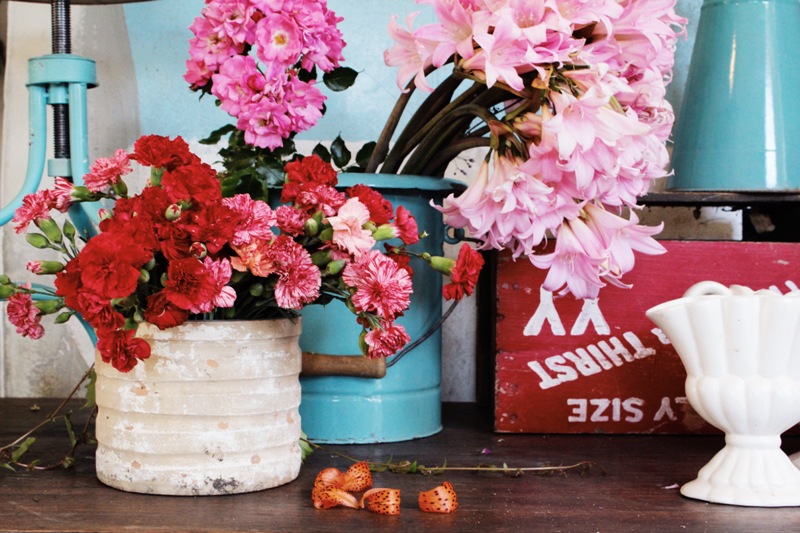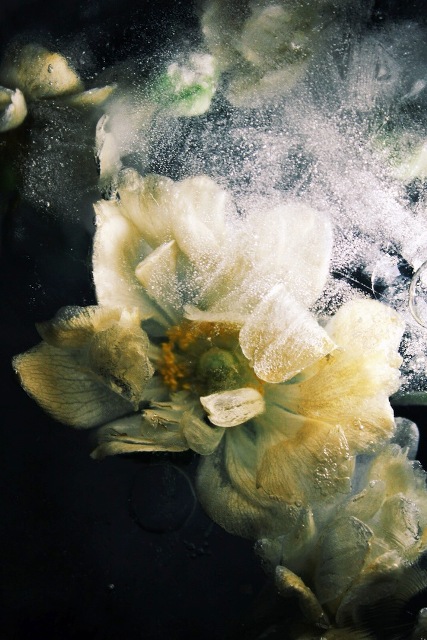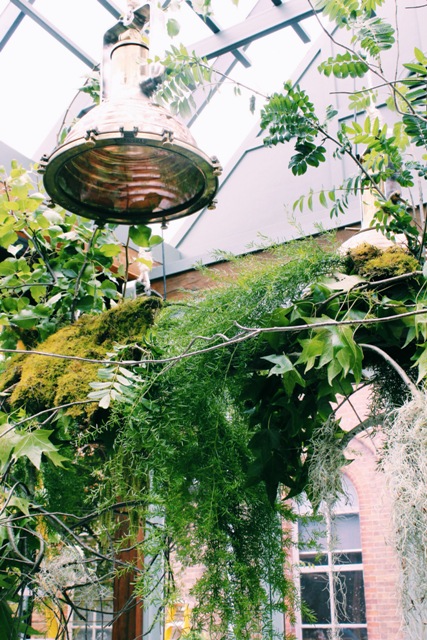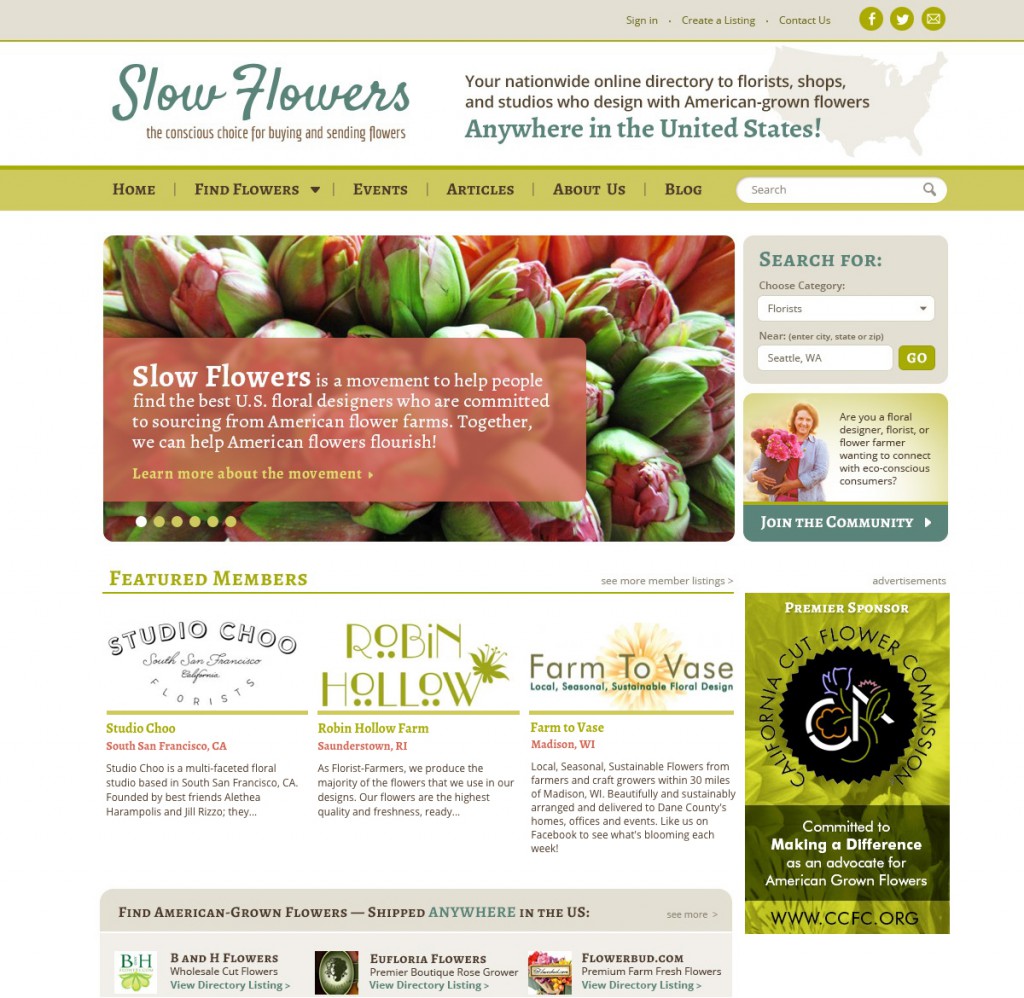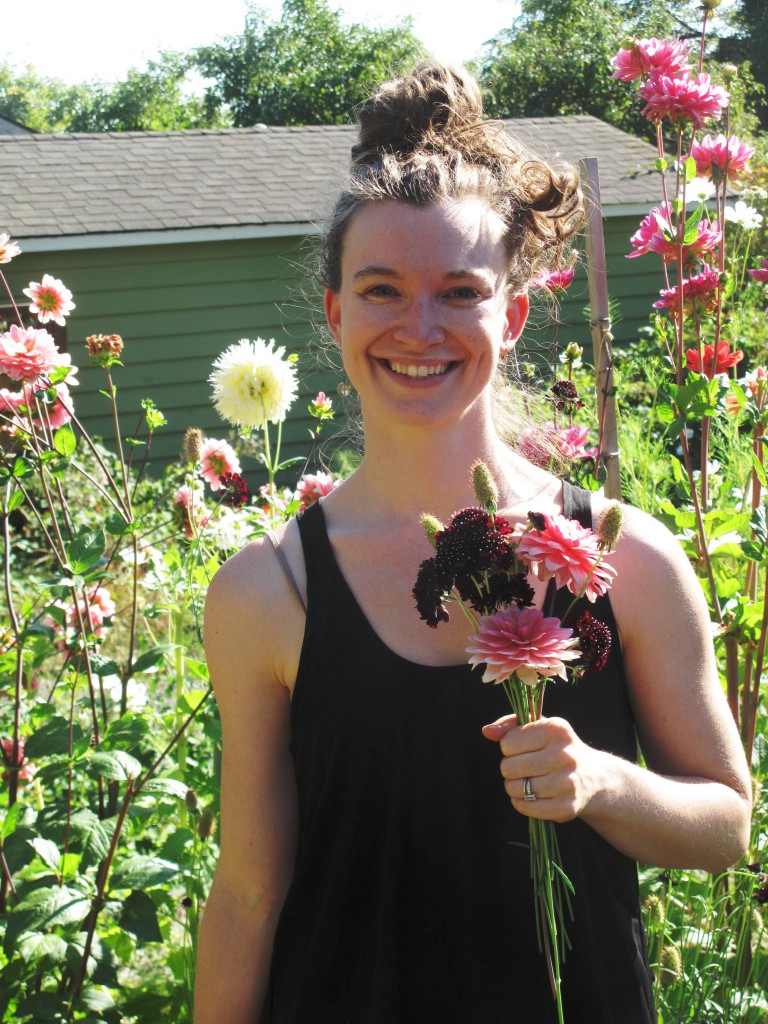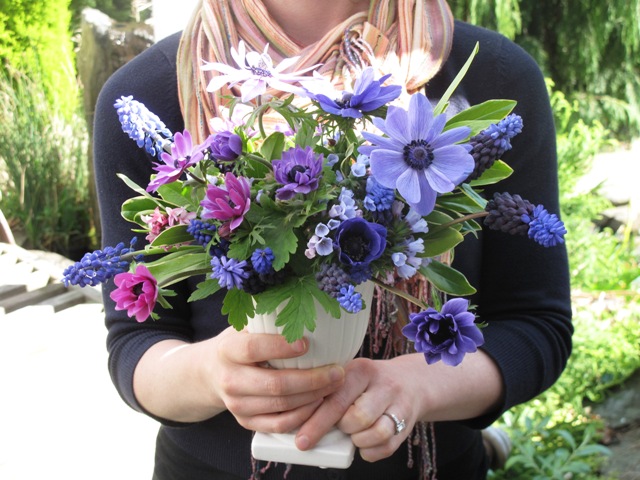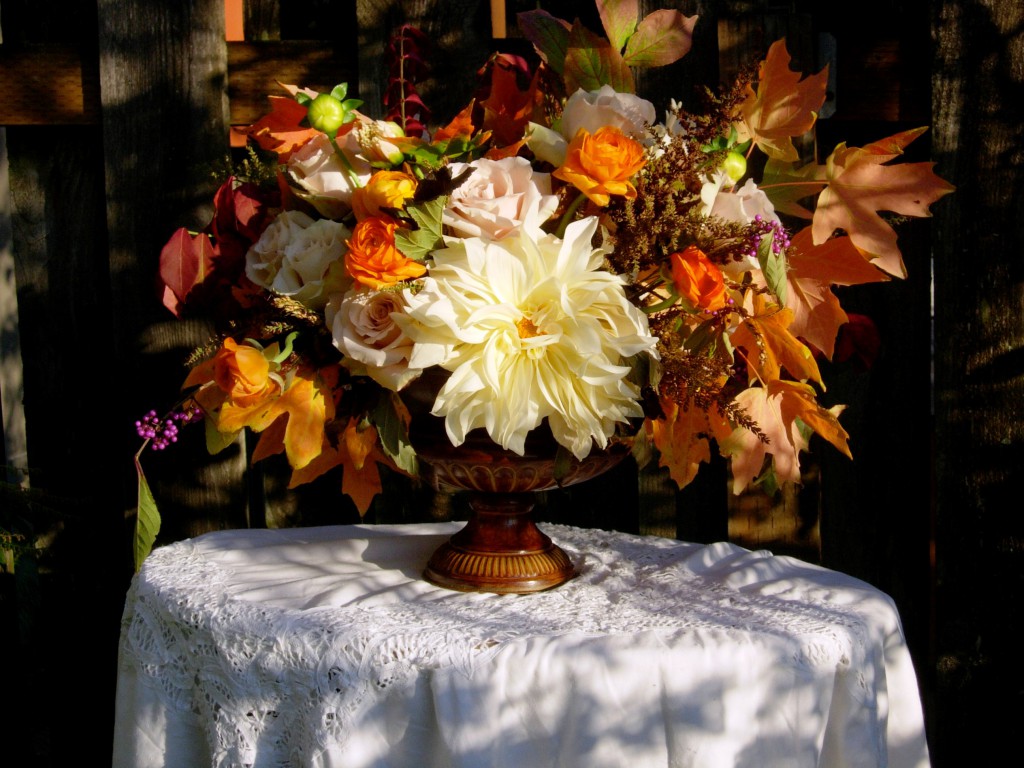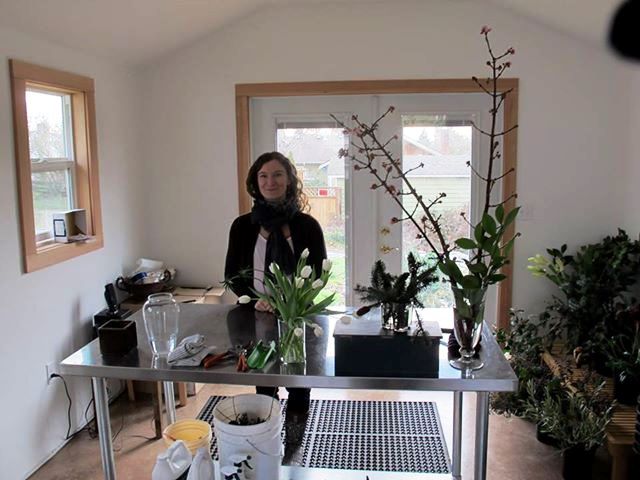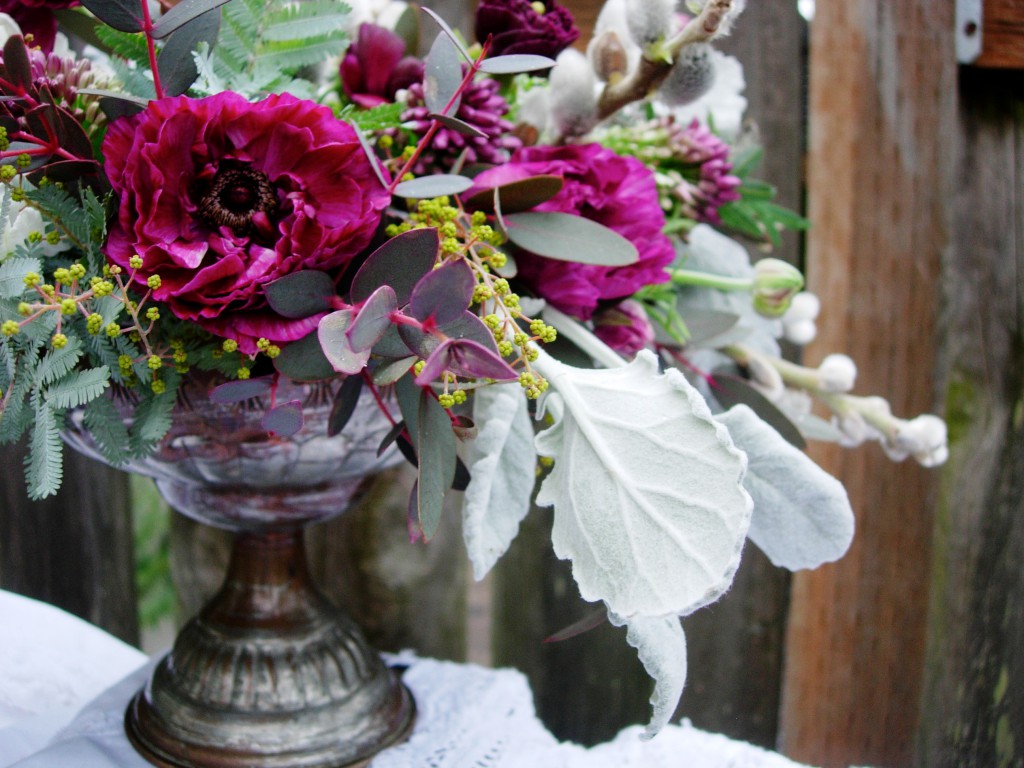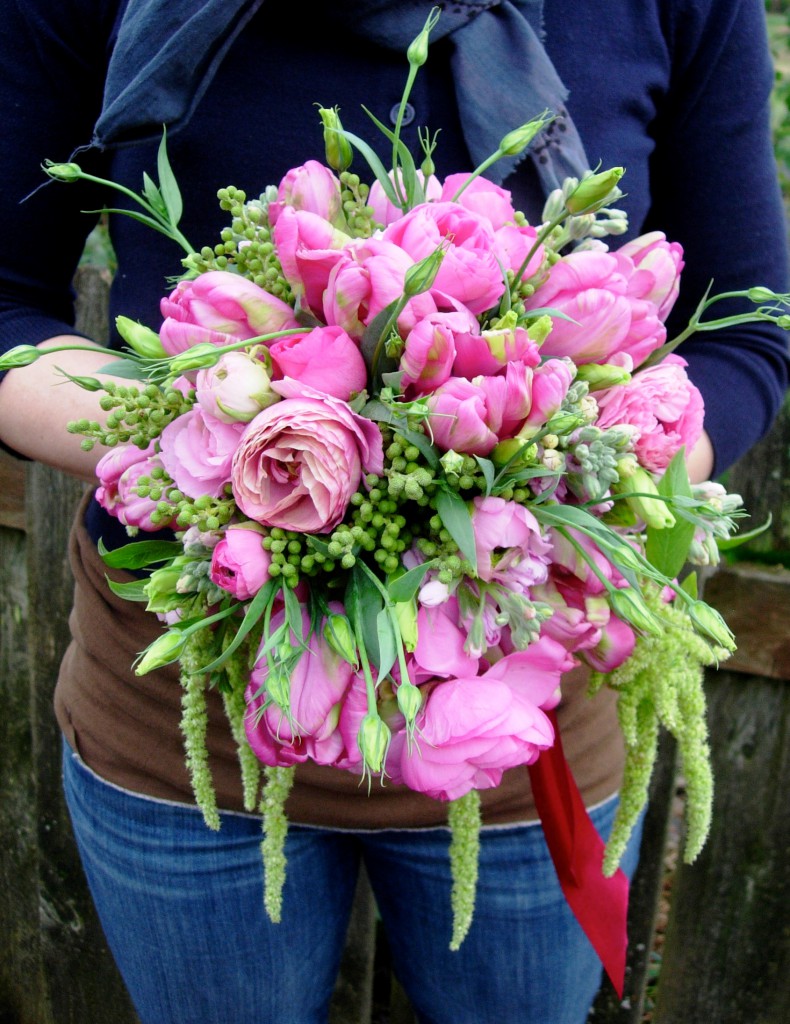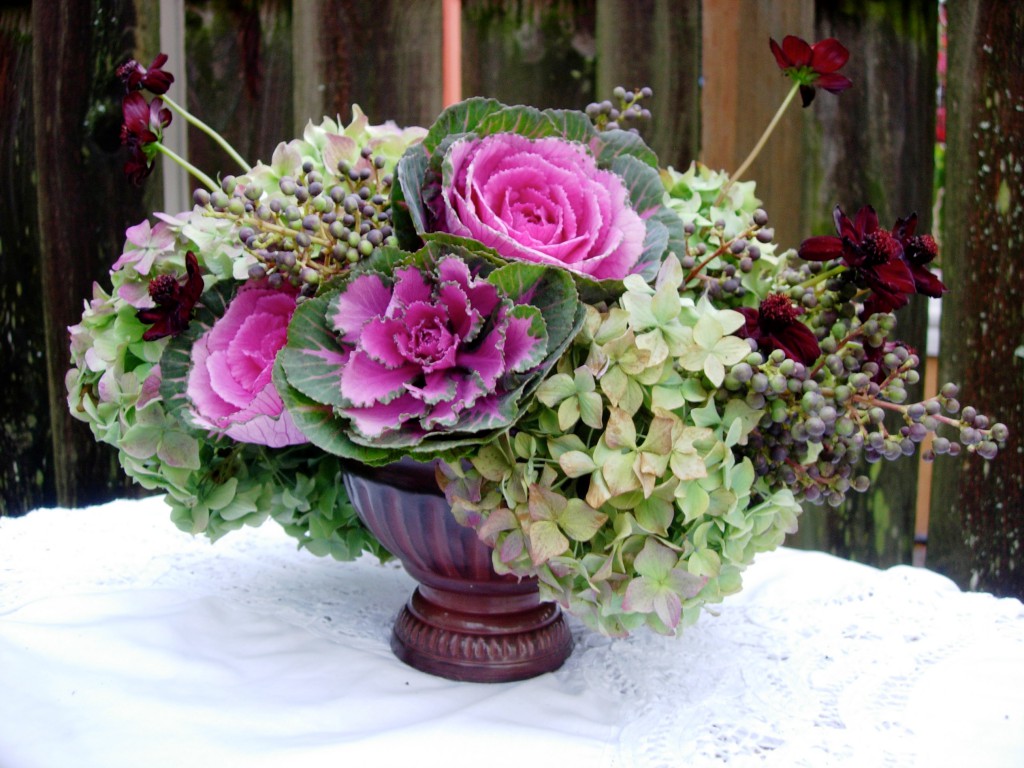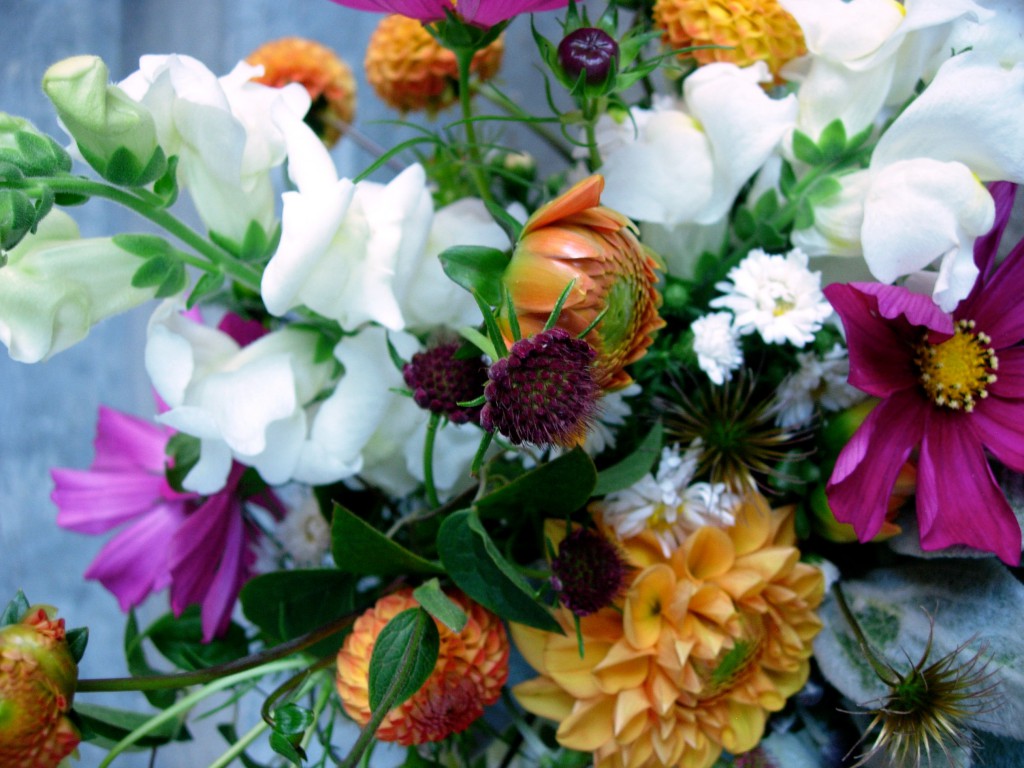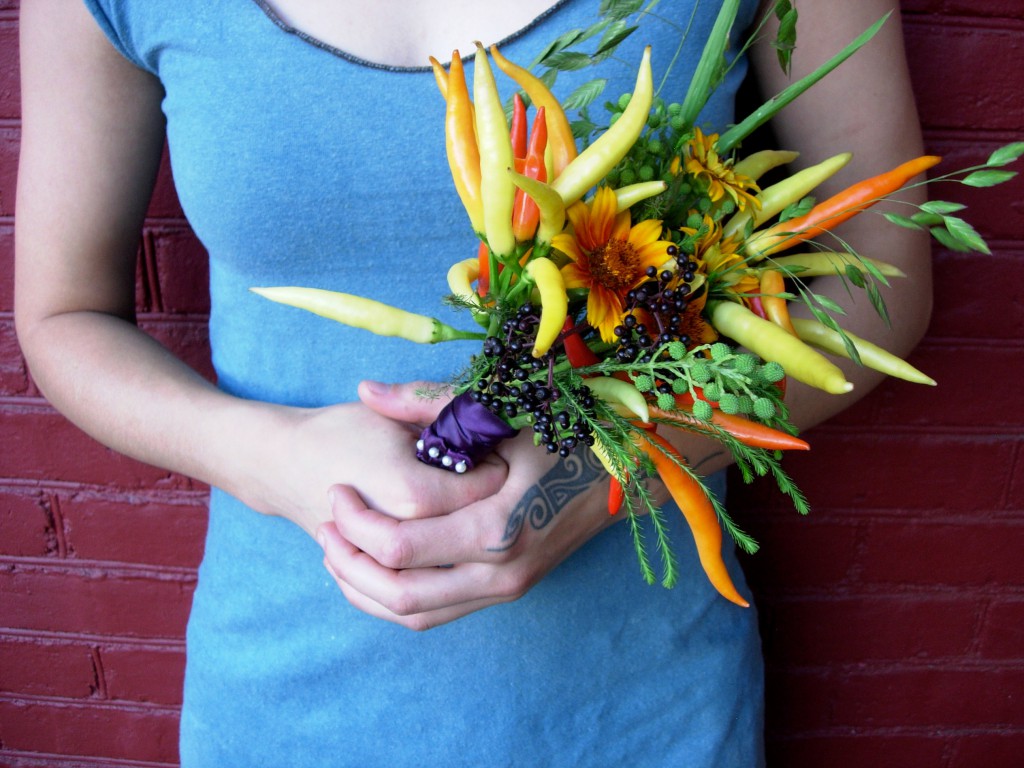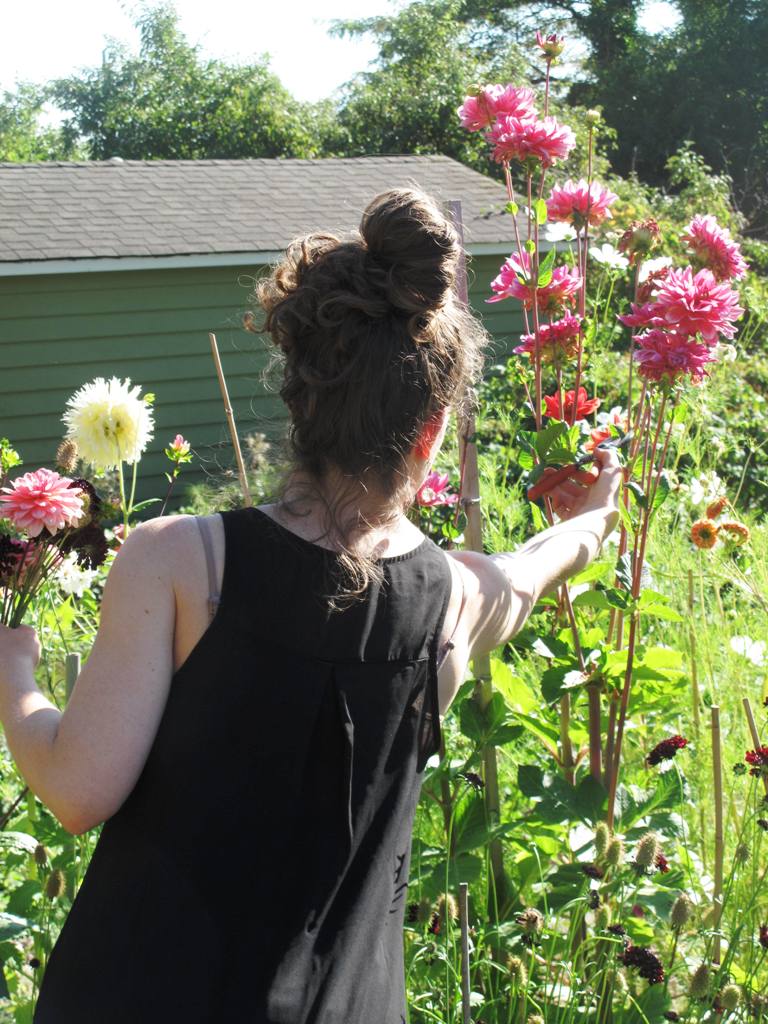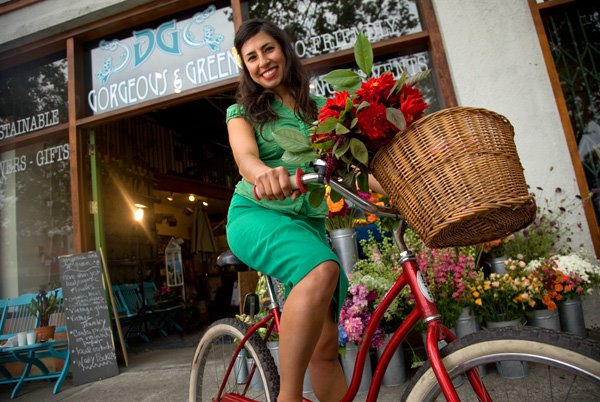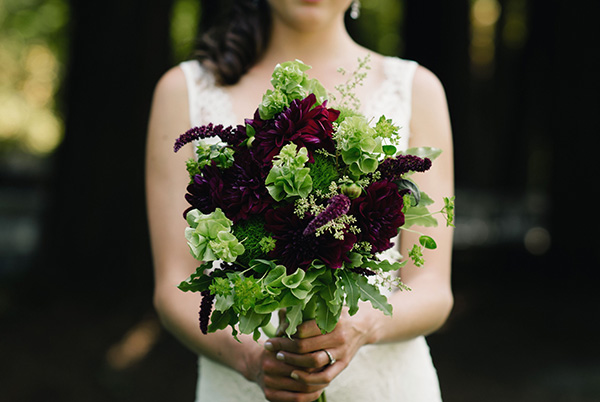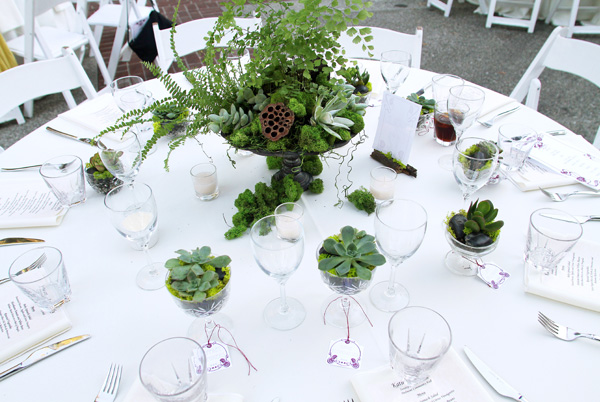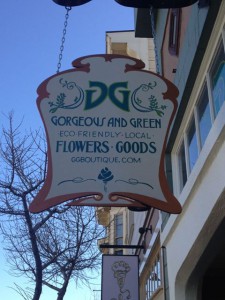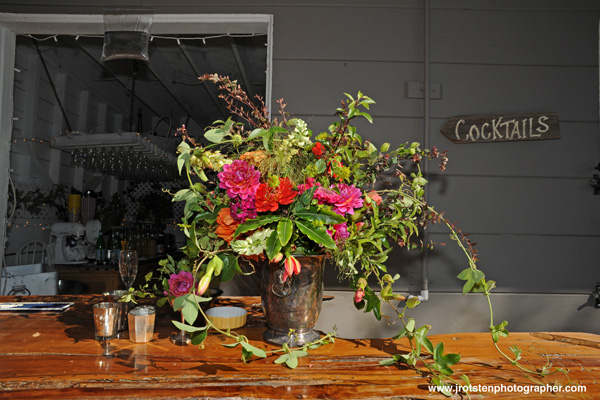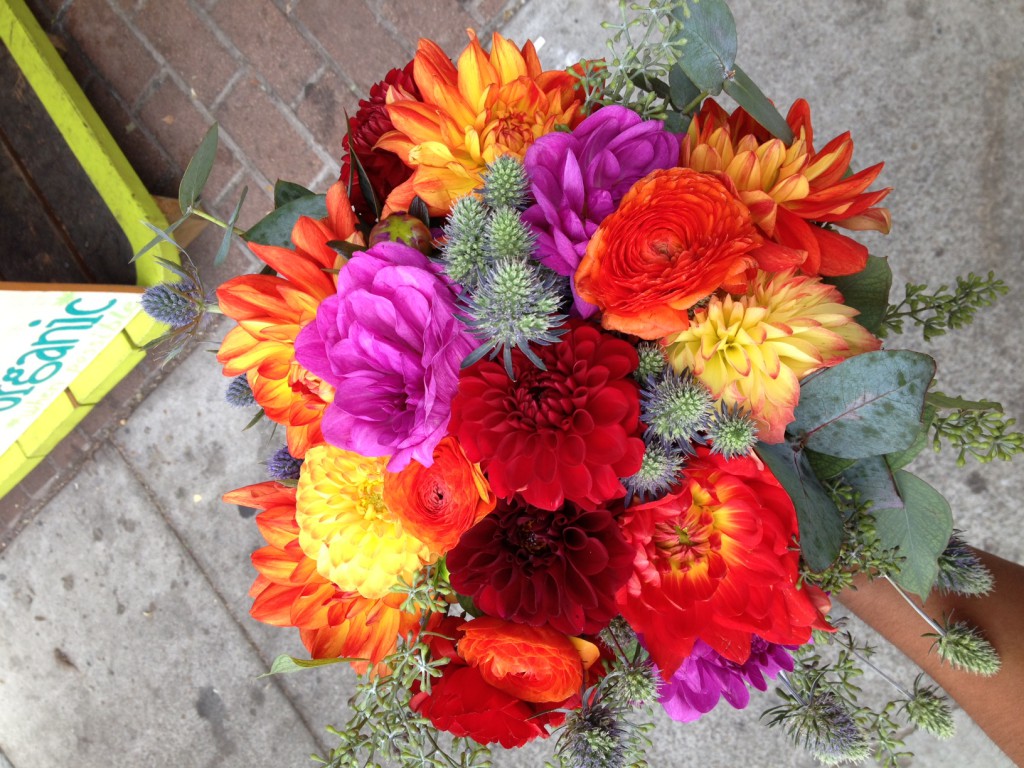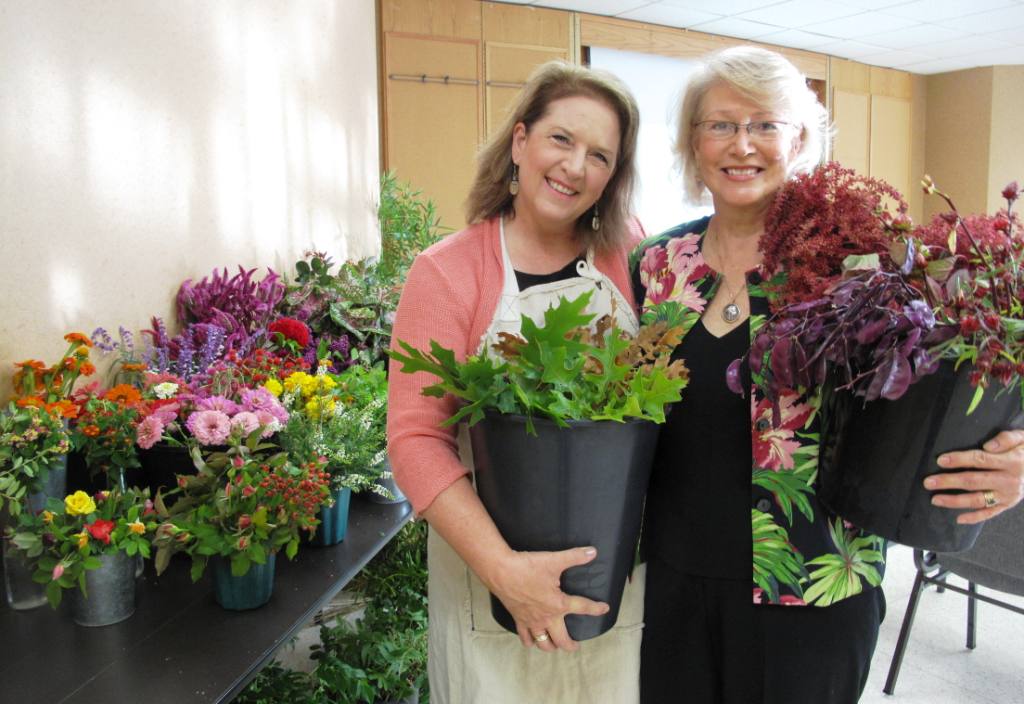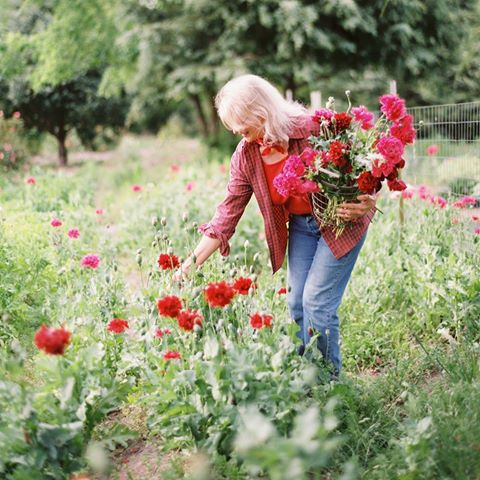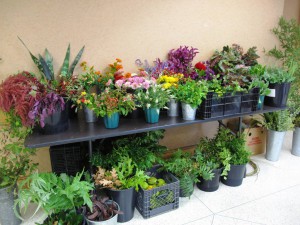Podcast: Play in new window | Download
Subscribe: Apple Podcasts | Podcast Index | RSS | More
Today we’re celebrating local flowers – both in the U.S. and in Australia. Seasonal and local flowers are flourishing in Australia, too!
Like many of this podcast’s guests, Amy Nardi and I met “virtually,” through an email correspondence. Originally, she contacted me to ask permission to link to my web site from hers.
I was aware of her beautiful website: HenryHudson.co.au, but I didn’t know her personal story. We decided to record our conversation so I could share it with listeners of the Slow Flowers Podcast.
With a professional background in the fashion and floral industry, Amy Nardi created Henry Hudson to be a place where all kinds of floral folk could head to, gain inspiration, find out what is happening in the floral world, and find new floral friends all over the globe to floral exchange ideas with.
She says: “We love flowers so much, we thought there must be other people out there who love them just as much, too (and want to talk about them!).”
Indeed that’s true. And I know you’ll be fascinated to learn about the locally-grown influences in Australia, where flower farmers there are a valued resource to florists throughout the country.
Here’s a little bit more about Amy, in her own words:
Follow Henry Hudson here:
A Slow Flowers Celebration
Please join me in celebrating the launch of my long-awaited resource: SLOWFLOWERS.com.
What is Slowflowers.com? It’s a sister project to this podcast. A free, online directory of American-grown flowers and the designers, shops, studios and farms who source those blooms.
The mission of Slowflowers.com is simply this:
To promote American-grown flowers, to make it easy for flower consumers to connect with florists, shops, studios and farms who provide American-grown flowers, and to encourage truthful and transparent country-of-origin labeling in the floral industry.
If you haven’t done so yet, please visit the site and check it out. There are already 250 domestic floral resources listed there — and my goal is to grow that list to one thousand!
If you’re a flower consumer, sign up to receive our quarterly e-newsletter. If you own a floral business focused on seasonal and local flowers, please create a listing so others can easily find you!
I want to give a special thank you to the 229 individuals and businesses who contributed to the Slowflowers.com campaign on Indiegogo earlier this year. Together, they helped to raise more than $18,000 to complete this project.
An extra special thank you goes to our three main supporters. The California Cut Flower Commission, our premier sponsor, and the San Francisco Flower Mart and Mellano & Co., established growers of beautiful flowers, the two presenting sponsors.
My goal with this project is that anytime someone wishes to purchase or send flowers, they stop and ask themselves: Can those flowers be American grown? Slowflowers.com provides that answer.
Thank you for joining me this week. Because of the support from you and others, listeners have downloaded episodes of the Slow Flowers Podcast more than 11,000 times! I thank you for taking the time to join to my conversations with flower farmers, florists and other notable floral experts.
If you like what you hear, please consider logging onto Itunes and posting a listener review.
Until next week please join me in putting more American grown flowers on the table, one vase at a time.
The Slow Flowers Podcast is engineered and edited by Hannah Holtgeerts and Andrew Wheatley. You can learn more about their work at hhcreates.net.
All photographs appear, courtesy of Amy Nardi and Henry Hudson. The photo of the white ‘Henry Hudson’ rose (top of page, center – in collage) is from Connon Nurseries.









